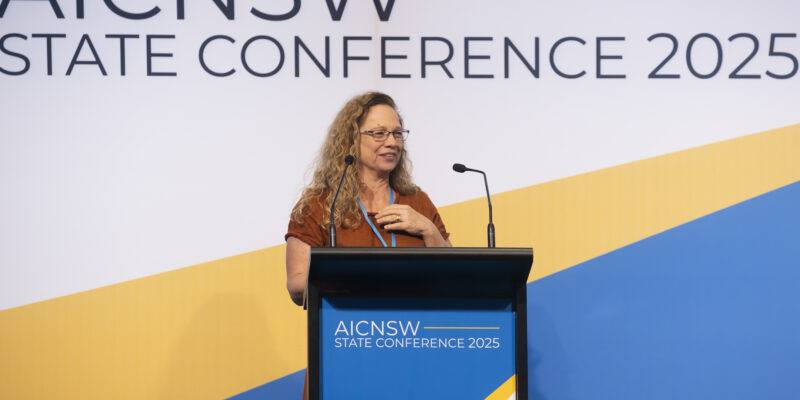Devil in the detail: strata by-laws risk in high-density housing
A property law expert has urged conveyancers to stay on top of complex strata by-laws as governments increasingly incentivise mixed-use, complex housing builds nationwide.

AN Australian property law expert has cautioned of increased risks to conveyancing clients from complex strata by-laws amid a rise in complex, high-density housing developments.
Property law expert Cathy Sherry from Macquarie University said governments across Australia saw high-density developments, especially those including complex mixed uses and tenures, as a solution to the nation’s housing crisis, raising issues for conveyancers.
The federal government has pledged $32 billion to deliver 1.2 million homes in Australia by the end of the decade, a promise it says involves training more tradespeople, funding more apprenticeships, growing the workforce, and kickstarting construction.
State and territory governments are also working to bolster housing supply, which they also view as the key problem in the property market.
Addressing the AICNSW state conference 2025, Sherry said conveyancers needed to be aware that the “simple reality is that governments are incentivising high density development because they think it will solve the housing crisis, and what they tend to be incentivising is complex mixed use, mixed tenure development”.
Among increasing complexities in the area was the growth of community housing, affordable housing, social housing and build to rent schemes as well legally complicated high-density developments, such as at Sydney’s Wentworth Point.
She said Wentworth Point, a suburb in the city’s west, was “fairly indicative of the kind of mixed use, complex development that governments are incentivising”.
The area has previously drawn media scrutiny for its lack of green space and having no football or soccer fields, prompting some residents to practice sports in concrete car parks.
Sherry pointed out that the suburb – comprised entirely of privately-owned property – posed particular burdens on conveyancers when advising clients.
She said the suburb, built on disused industrial land, was all part of multiple strata schemes inside multiple community schemes, inside an overarching strata subdivision.
“It is incredibly complex,” the property law expert said. “The sales contract for an apartment at Wentworth point are 680 pages long.”
In parts of the suburb, an apartment was regulated by “29 pages of strata by-laws, 47 pages of community management statement and 110 pages of a strata management statement”.
“It’s 187 pages of privately written rules that you and your clients should have read,” she said. “When we’re talking about undercharging for conveyancing this is the kind of thing that’s going to take an enormous amount of time.”
In such developments, increasingly popular nationwide, the clients of conveyancers needed to be told that they “may well be buying a share of open space that is publicly accessible but is entirely privately-owned property,” Sherry said.
“What your client is actually buying is a share of publicly accessible space and it will be regulated by a management statement. (It’s) pretty common to see things that regulate children, they’ll often be quite restrictive.”
She gave the example of by-laws that prohibit children from doing things like roller-blading, skateboarding, playing basketball or organised sports on green space in a development.
“That’s because it’s privately owned property and under the legislation the owners are compelled to have insurance. If you have to privately insure it of course you don’t want people roller blading and skateboarding,” Sherry said.
“That’s a concern for your clients that they own property that has that risk.”






